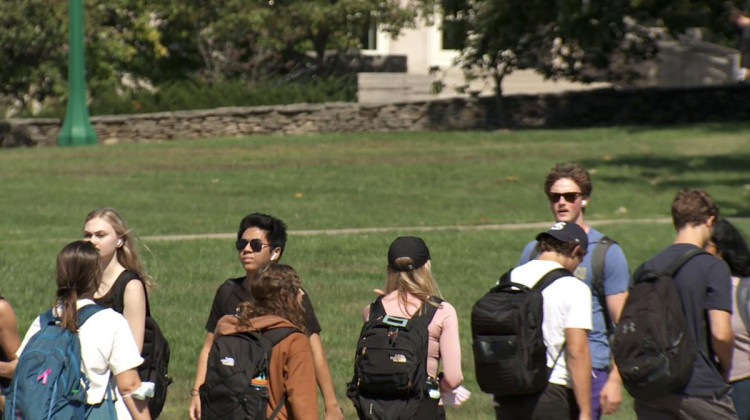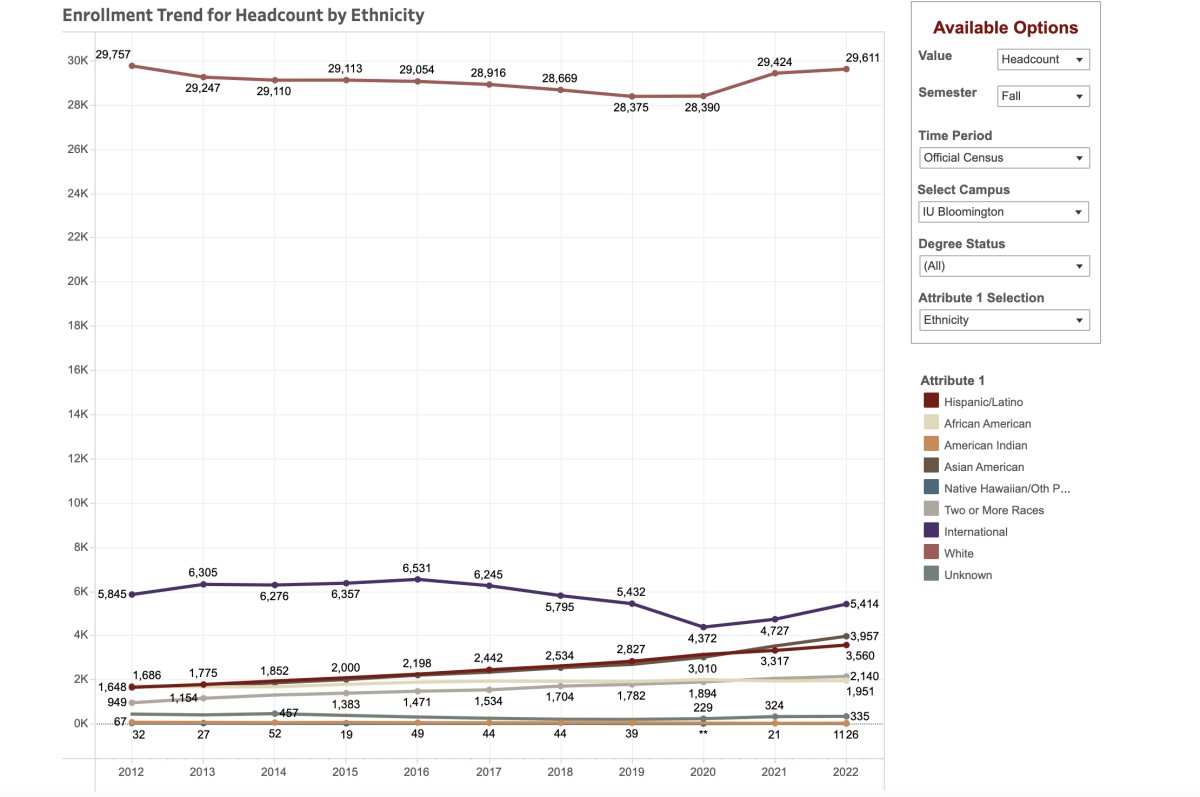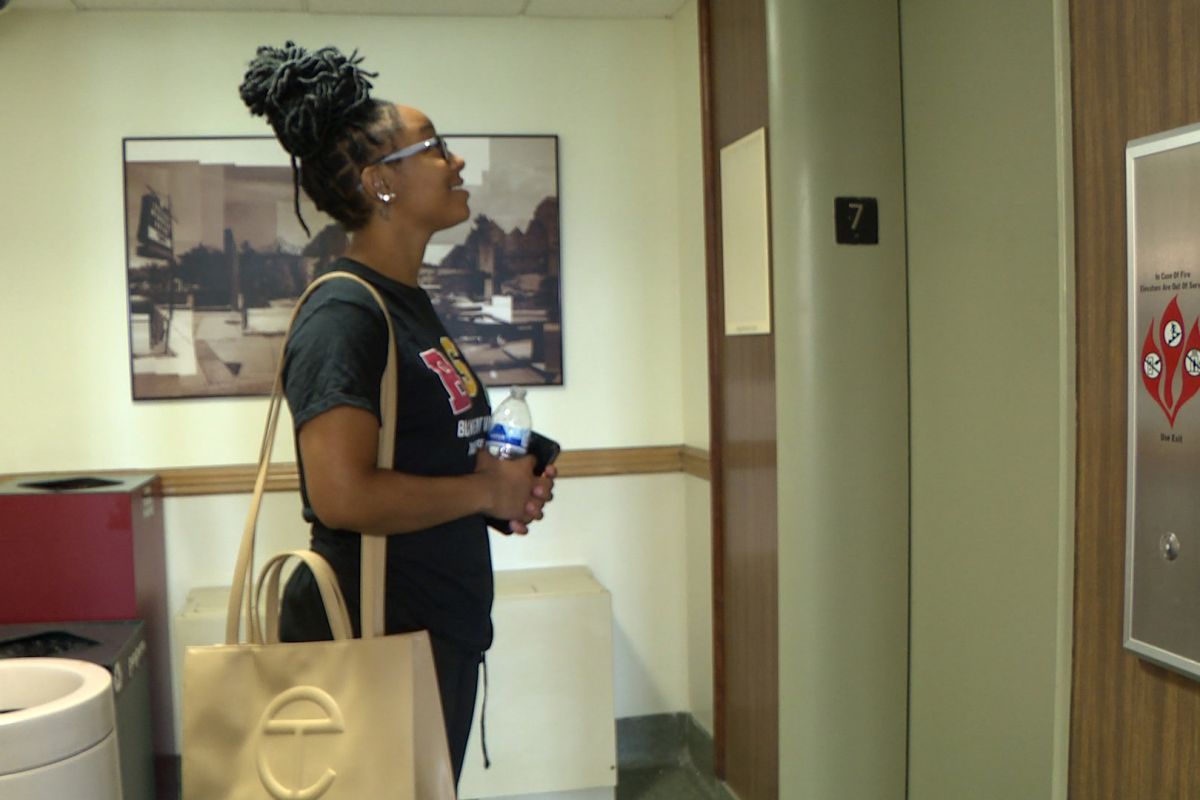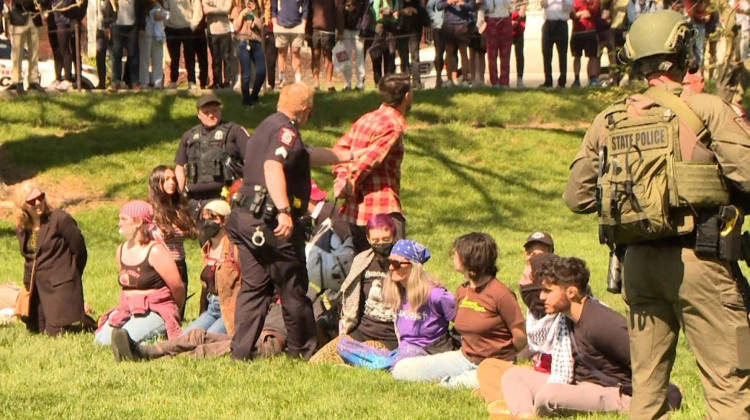
IU said in a statement last week it’s reviewing the court’s decision and reaffirms its commitment to fostering a learning environment enriched by students, faculty, and staff with a broad range of backgrounds.
Devan Ridgway, WTIU NewsThe U.S. Supreme Court struck down affirmative action last Thursday, ending race-conscious admissions practices at colleges and universities that accept federal money.
Indiana universities like IU Bloomington, Purdue, and Notre Dame did use race-conscious admissions.
Domestic enrolled students of color have slowly increased at IU, with nearly 12,000 in fall 2022. But white enrollment is still more than twice that–at nearly 30,000 students.
The biggest increases in diversity have been with Asian American and Hispanic and Latino groups.

Enrollment of African American students hasn’t changed much since 2017–falling between 1,900 to 2,000 students.
Read more: Indiana colleges, lawmakers respond to Supreme Court's overturn of affirmative action in admissions
Vice President of IU’s Black Student Union Charleigh Carter knew the stats when she chose IU and was worried. A first-generation college student, she found a tight-knit community and resources at IU BSU and at places like the Neal-Marshall Black Culture Center.
“So, I think that was very important," Carter said. "I felt like I belonged, I didn't really feel out of place, you know. Having those things here before coming to IU, it made me feel safe and secure.”
She said in-person recruitment in diverse areas will be important if universities don’t want decreases in applicants following the Supreme Court’s ruling.

“But I think it's just going to cause Black students and brown students and minorities just to have to go to HBCUs because that is their only option, not even a last option or whatever, it's their only option.”
Rain Lee is a first-generation college student from Carmel. She’s the treasurer of the Asian American Association at IU and says most Asian Americans are not in favor of the Supreme Court’s decision and won’t benefit from it.
“Having affirmative action helps barriers, a lot people who are picking maybe between schools, and the difference is amount of scholarship money," Lee said. "It can be really easily differentiated and helped with affirmative action."
She’s a finance major in the Kelley School of Business and says her peers are mostly white.
“You learn from your peers, you learn from your teammates," she said. "So, if I'm the diversity token, what am I really learning from? I'm being surrounded by White people. And I've been surrounded by White people my entire life growing up. In many ways, they're learning a lot about cultural differences, or just small little things from me. And I'm learning what I've already known, what I've grown up with my entire life.”

Lee said the removal of race-based admissions meant groups supporting diversity would be more important in creating safe places on campus. She wants the university to recognize that through financial support.
Professor Emeritus at the O’Neill School of Public Environmental Affairs Les Lenkowsky said the Supreme Court’s decision would mostly affect people applying to elite schools and isn’t as far-reaching as people think.
A UC Berkeley study said diversity at California’s more exclusive schools declined by 40 percent when the state's affirmative action ban started in 1998. But enrollment of underrepresented minorities didn’t decline overall, as those students attended less selective schools.
“We need to do a much better job of providing educational services for minorities, prior to college and university," Lenkowsky said. "The question, though, is whether or not a person's chances in life are going to be significantly affected if he or she goes to Cal State Northridge rather than the University of California at Berkeley. Or to put it in our terms, let's say Indiana State versus Indiana University.”
A Big 10 Law panel Wednesday discussed the Supreme Court’s decision and its approach to the Equal Protections Clause, which took a color-blind view of the Constitution’s 14th Amendment. UCLA law professor Cheryl Harris said there was no historical basis for a color-blind approach.
 DONATE
DONATE






 Support WFYI. We can't do it without you.
Support WFYI. We can't do it without you.